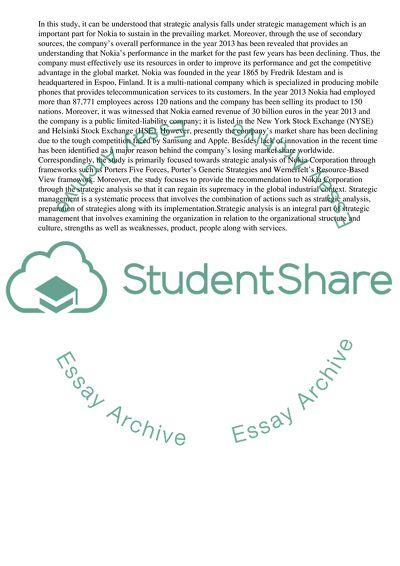Cite this document
(“The Strategic Audit of Nokia Corporation through the Use of Frameworks Essay - 8”, n.d.)
The Strategic Audit of Nokia Corporation through the Use of Frameworks Essay - 8. Retrieved from https://studentshare.org/business/1635276-international-business-strategy
The Strategic Audit of Nokia Corporation through the Use of Frameworks Essay - 8. Retrieved from https://studentshare.org/business/1635276-international-business-strategy
(The Strategic Audit of Nokia Corporation through the Use of Frameworks Essay - 8)
The Strategic Audit of Nokia Corporation through the Use of Frameworks Essay - 8. https://studentshare.org/business/1635276-international-business-strategy.
The Strategic Audit of Nokia Corporation through the Use of Frameworks Essay - 8. https://studentshare.org/business/1635276-international-business-strategy.
“The Strategic Audit of Nokia Corporation through the Use of Frameworks Essay - 8”, n.d. https://studentshare.org/business/1635276-international-business-strategy.


